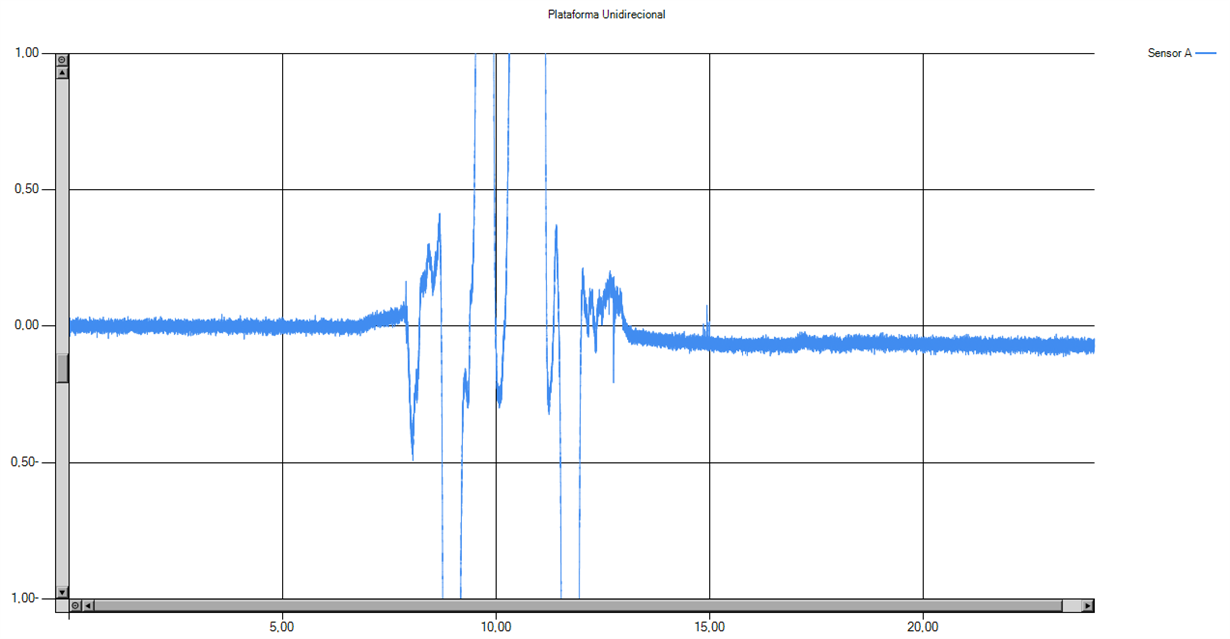Hi,
i'm working with ADS1262 on a Protocentral Board measuring a wheatstone bridge load cell.
The board is beeing powered by arduino +5VCC supply, which is not a stable power supply.
The load cell is being powered by another voltage supply (a 3.7V Batery) and its diferential voltage, which is 0 when balanced, read by AIN0 and AIN1 of ADS1262.
The problem is that I'm getting voltage imbalances during its operation as shown in the pictures below. The voltage after the force test should be the same as before (near zero).
But this doen't not happen. The voltage in the load cell remais the same as before, otherwise the voltage on +5VCC of arduino changes. Is that the source of the imbalance? If it is, why this happens even if I'm using +2.5V internal reference?
Thank you.





